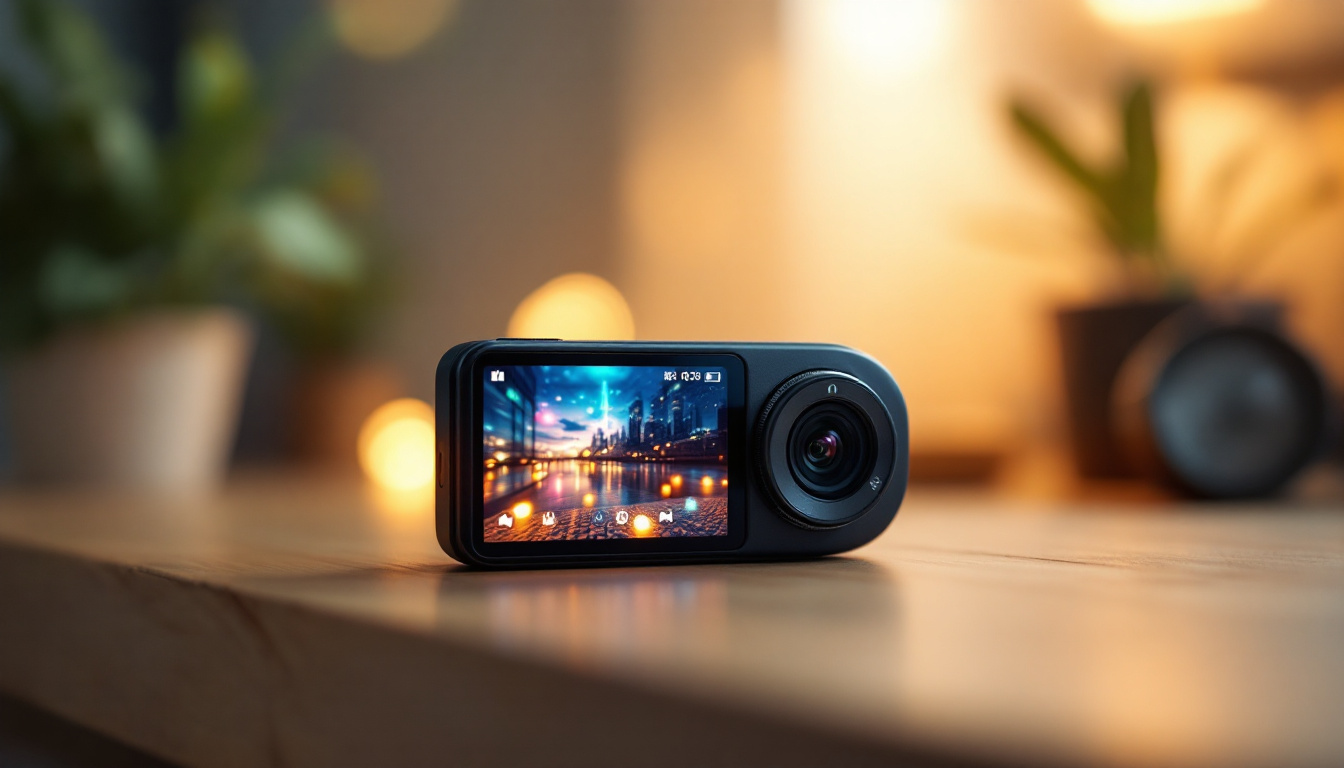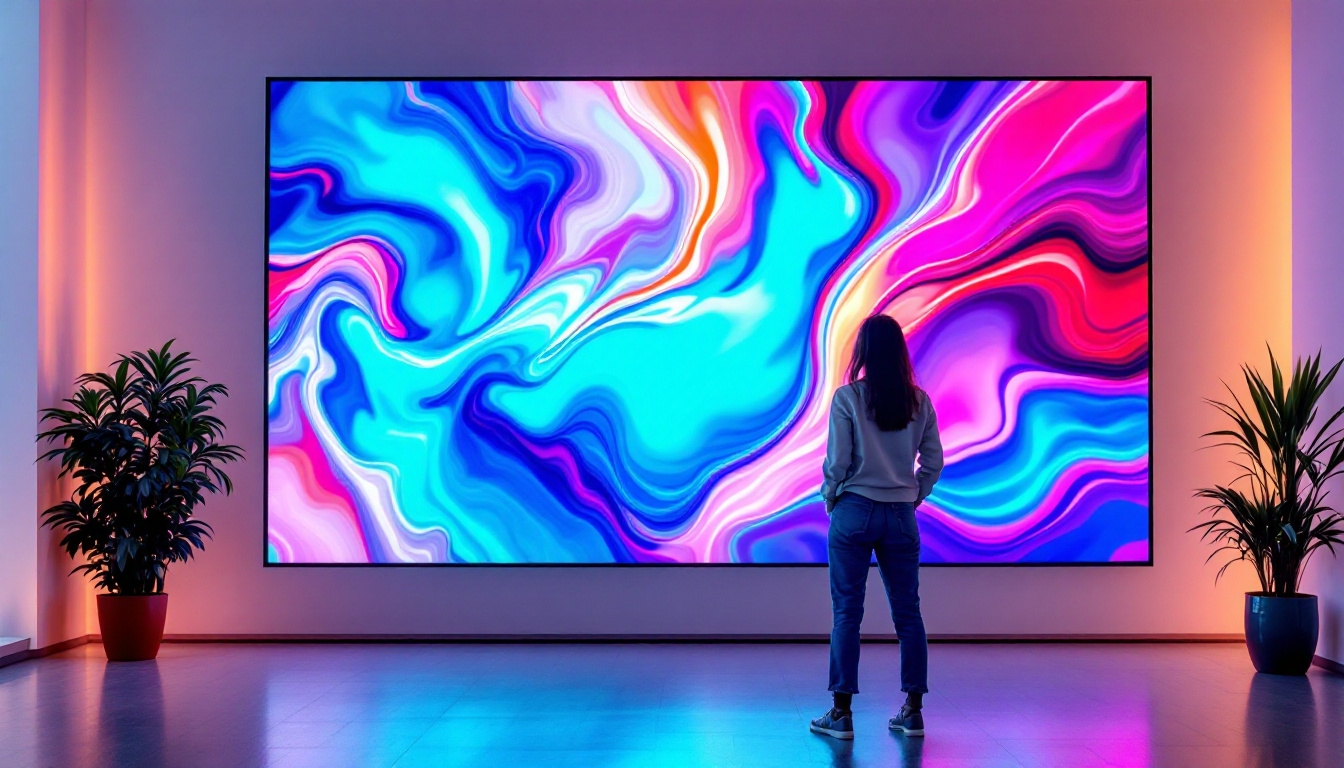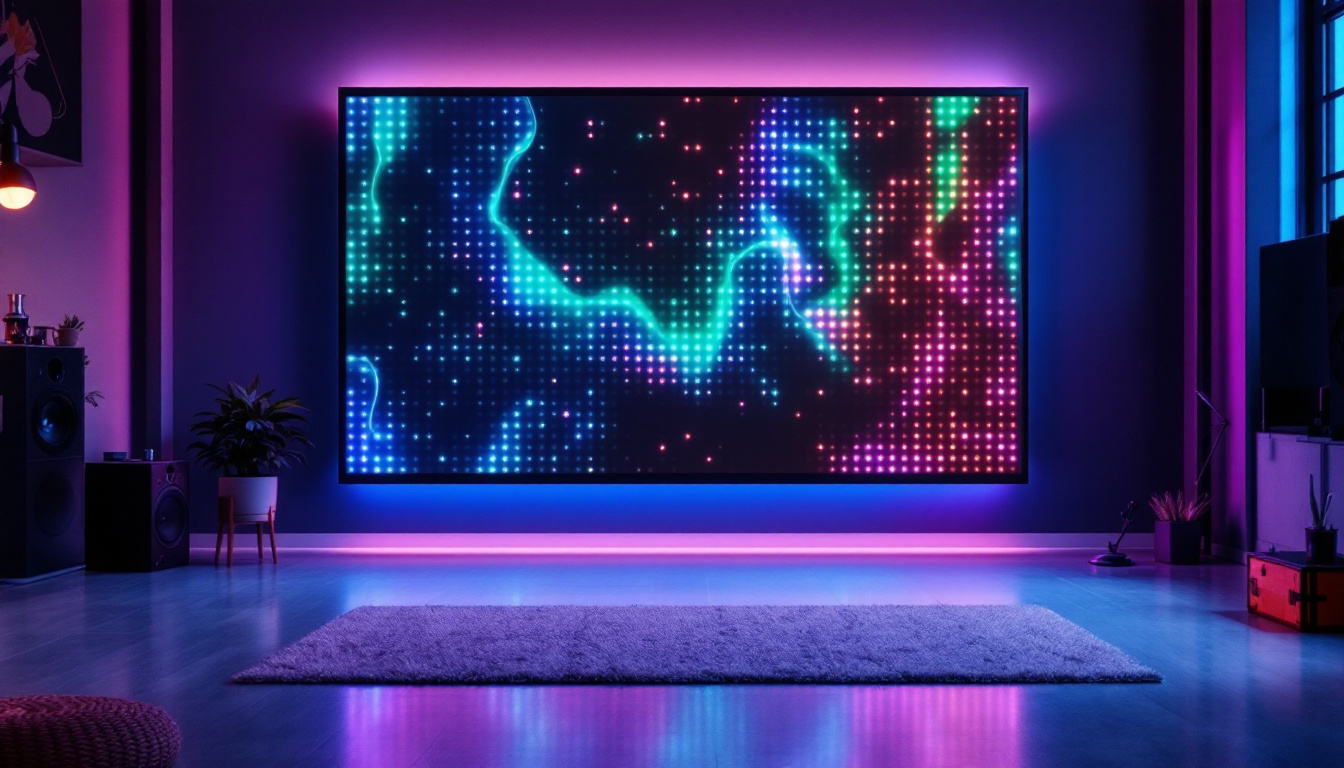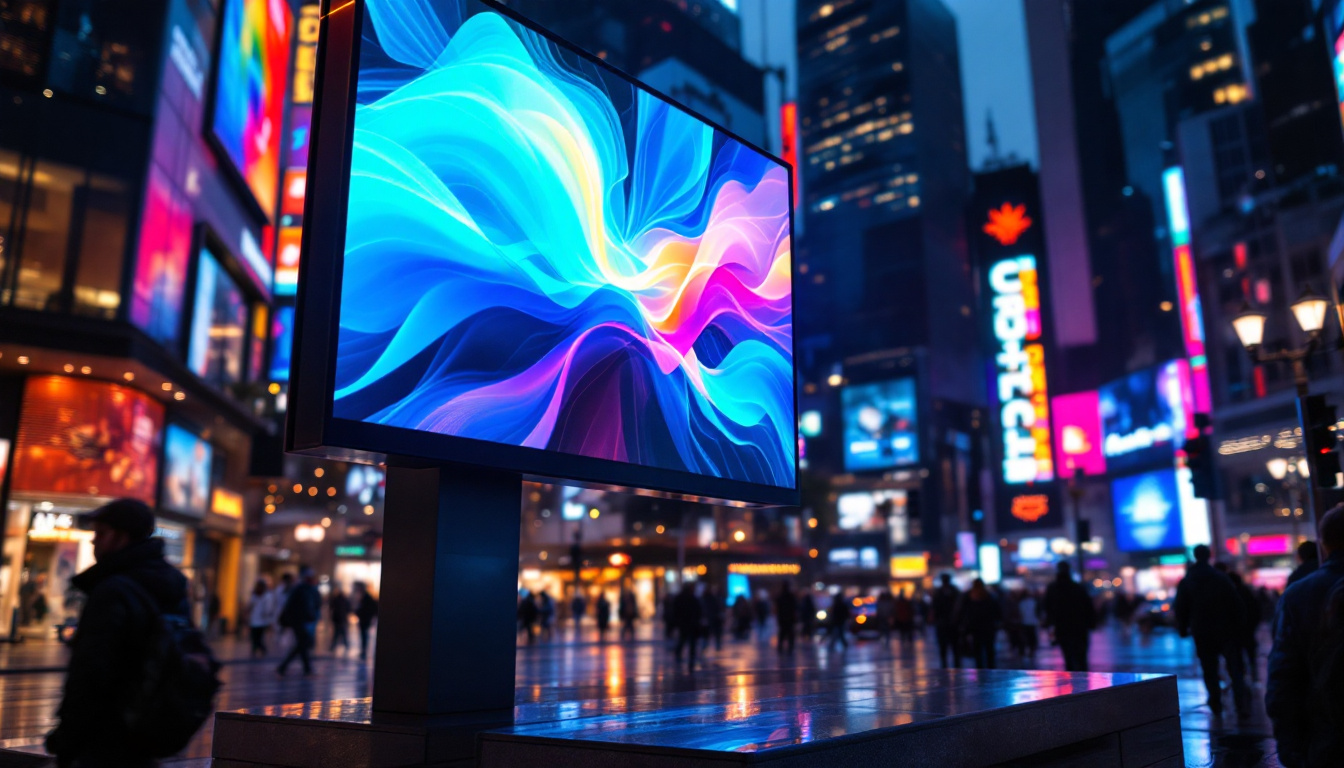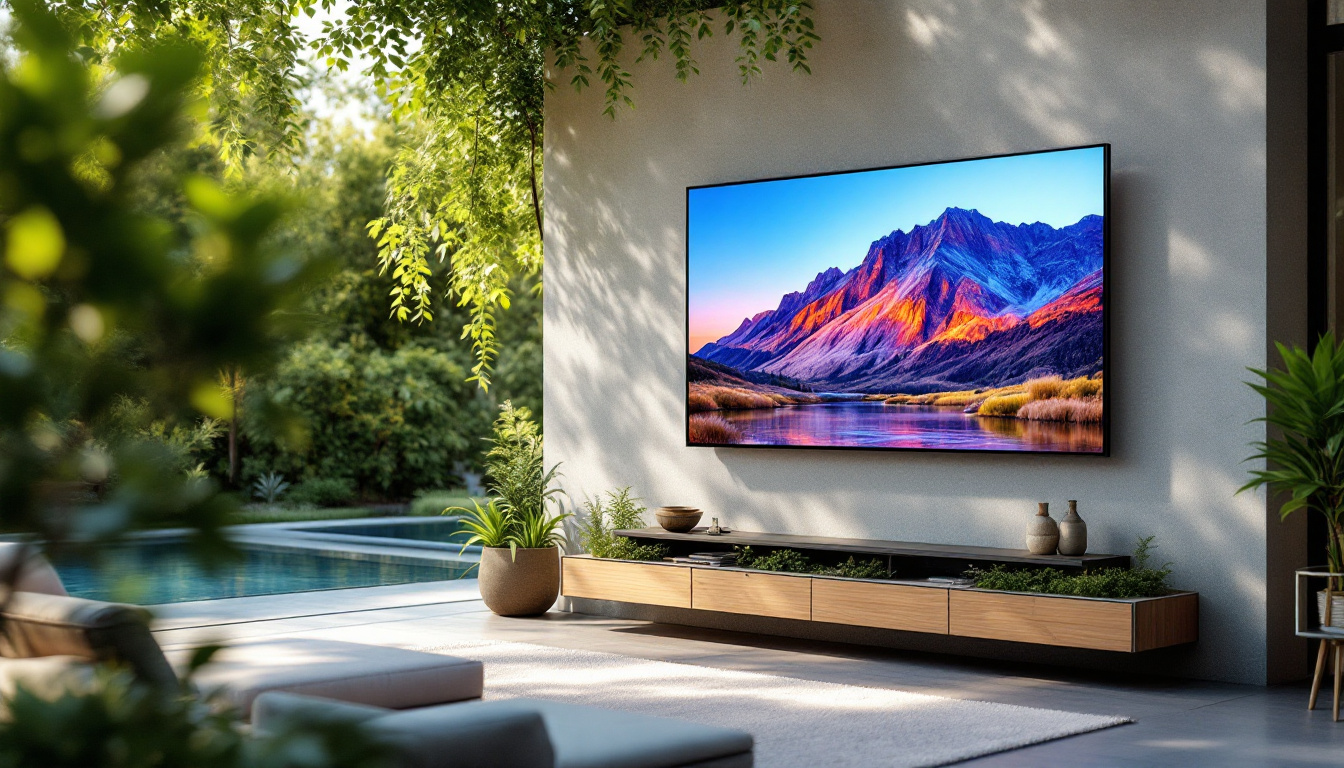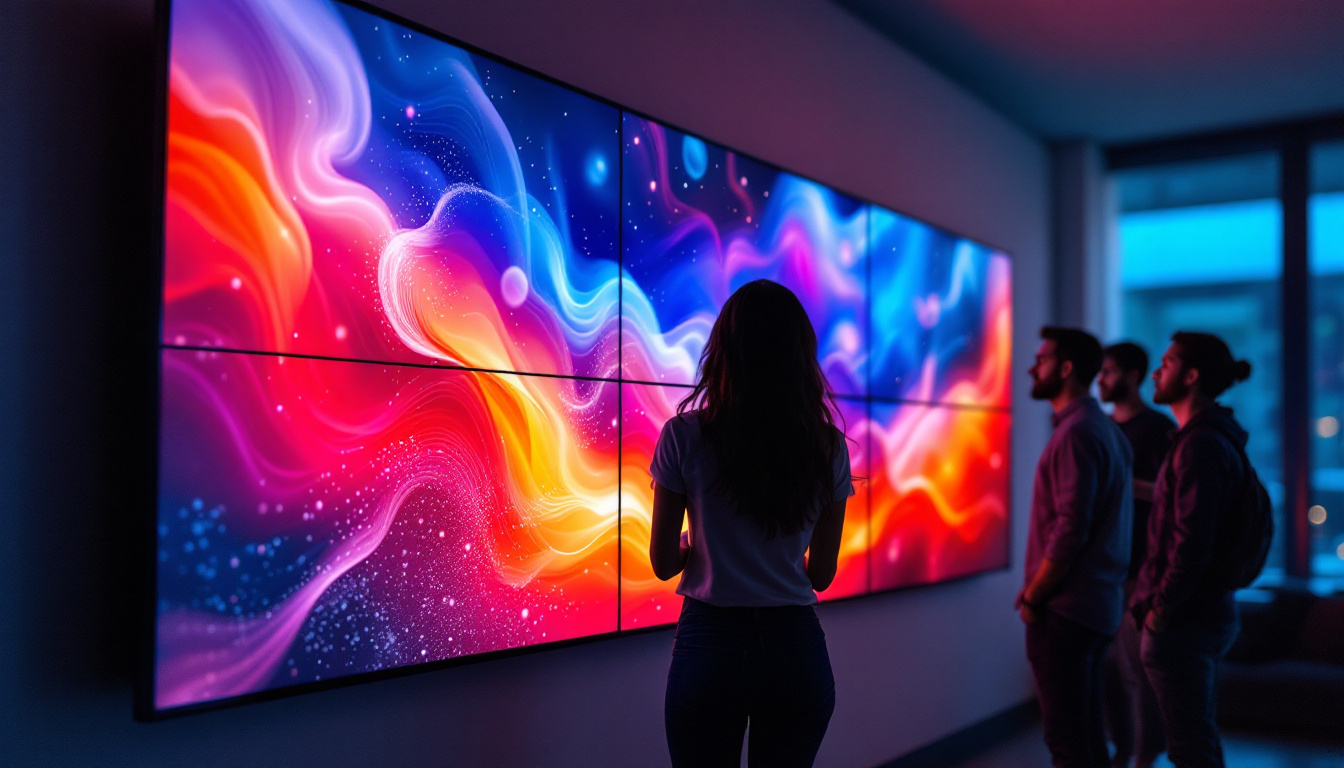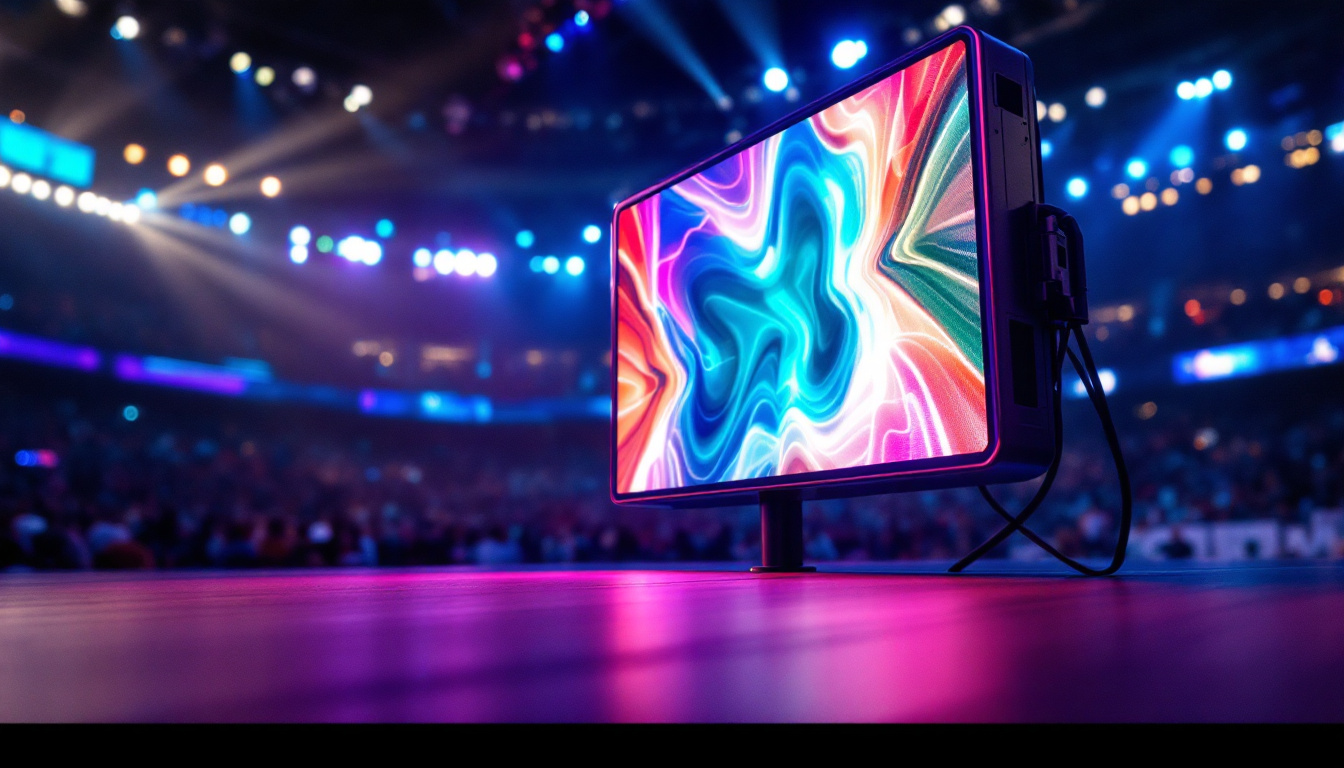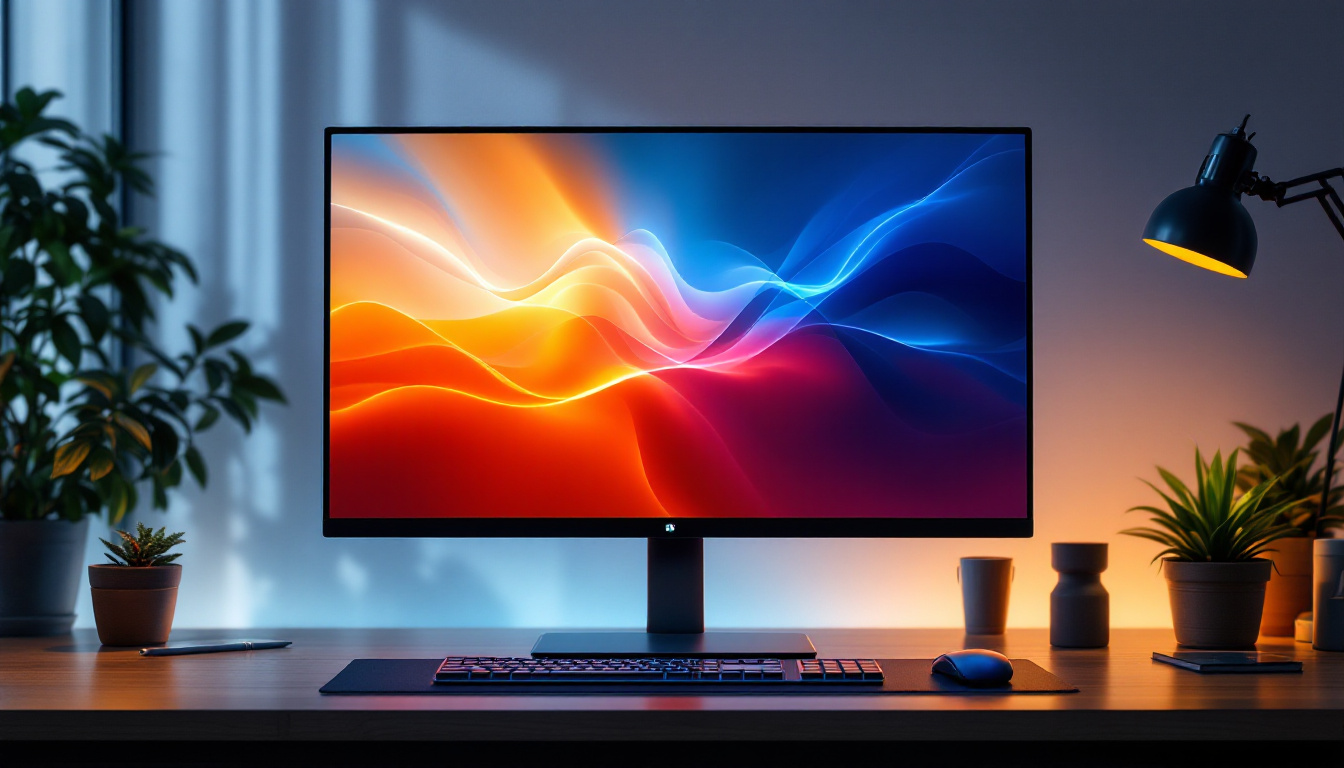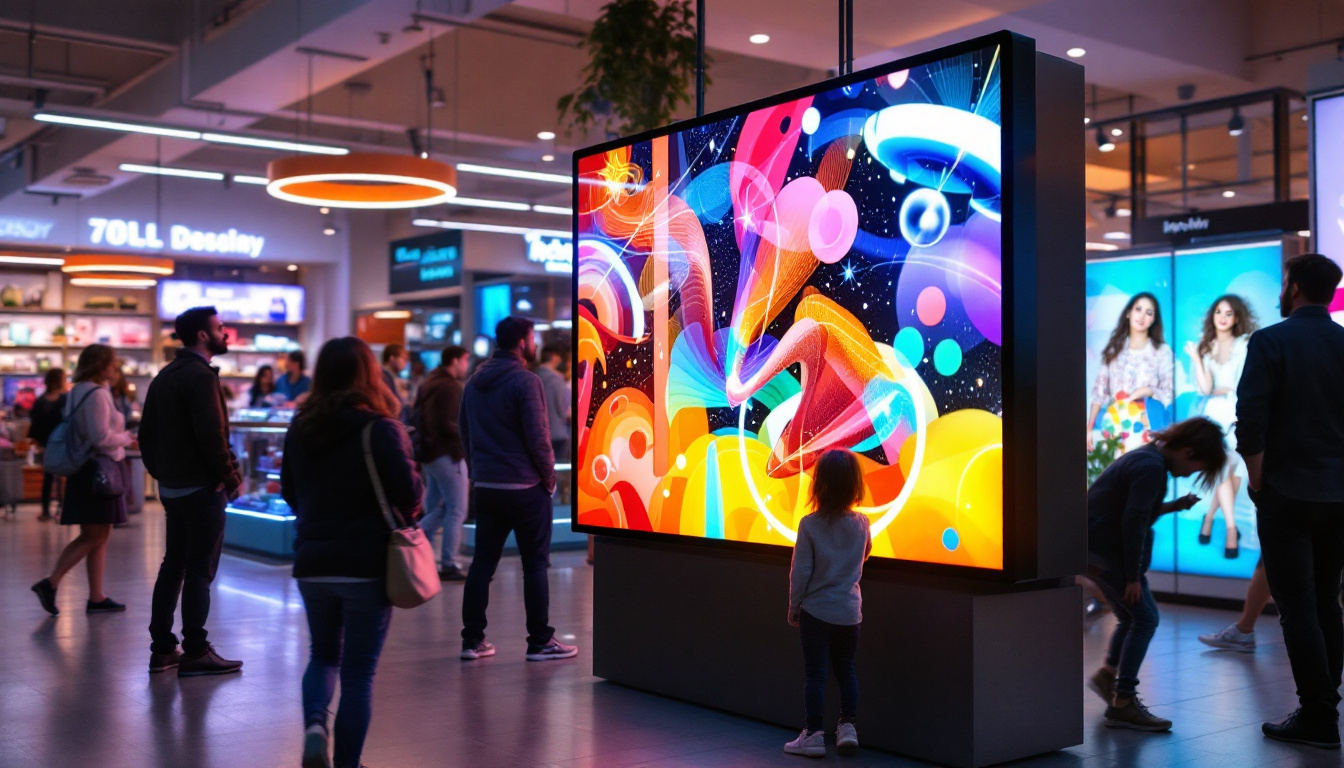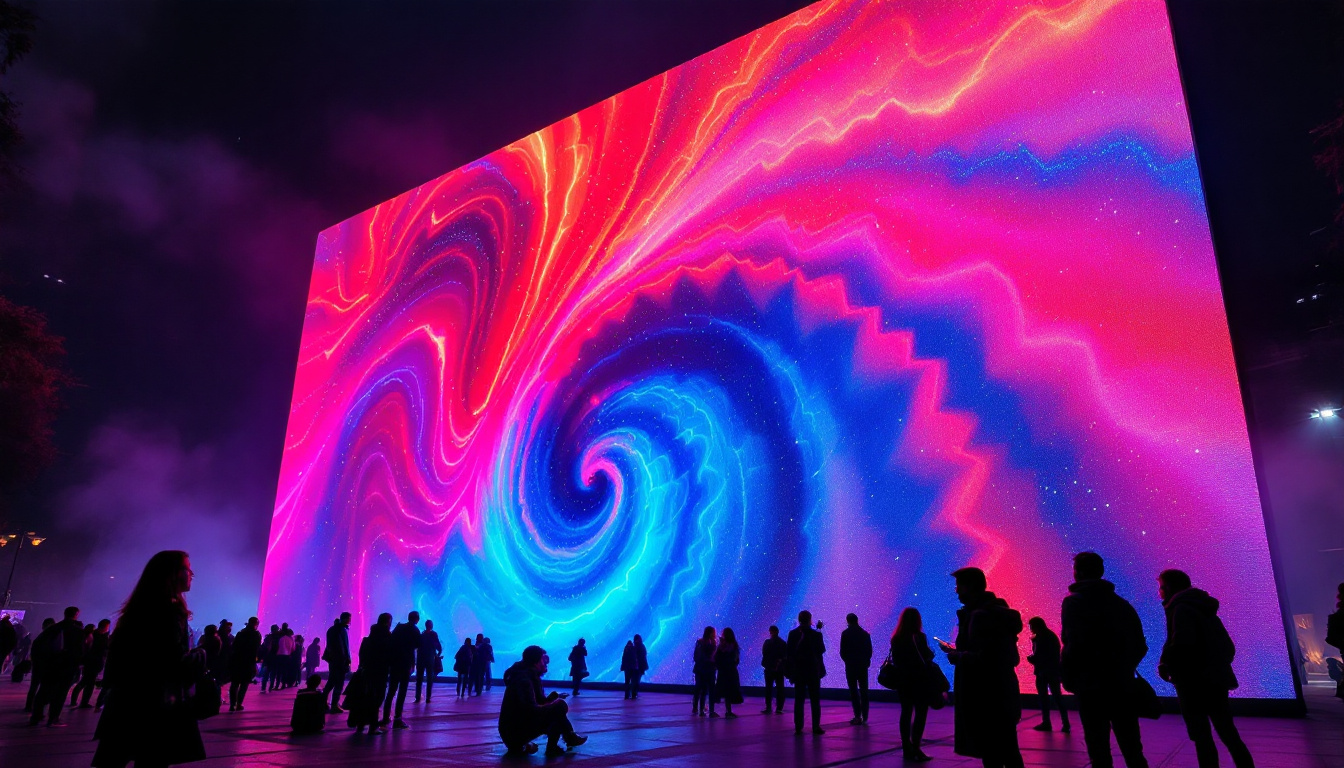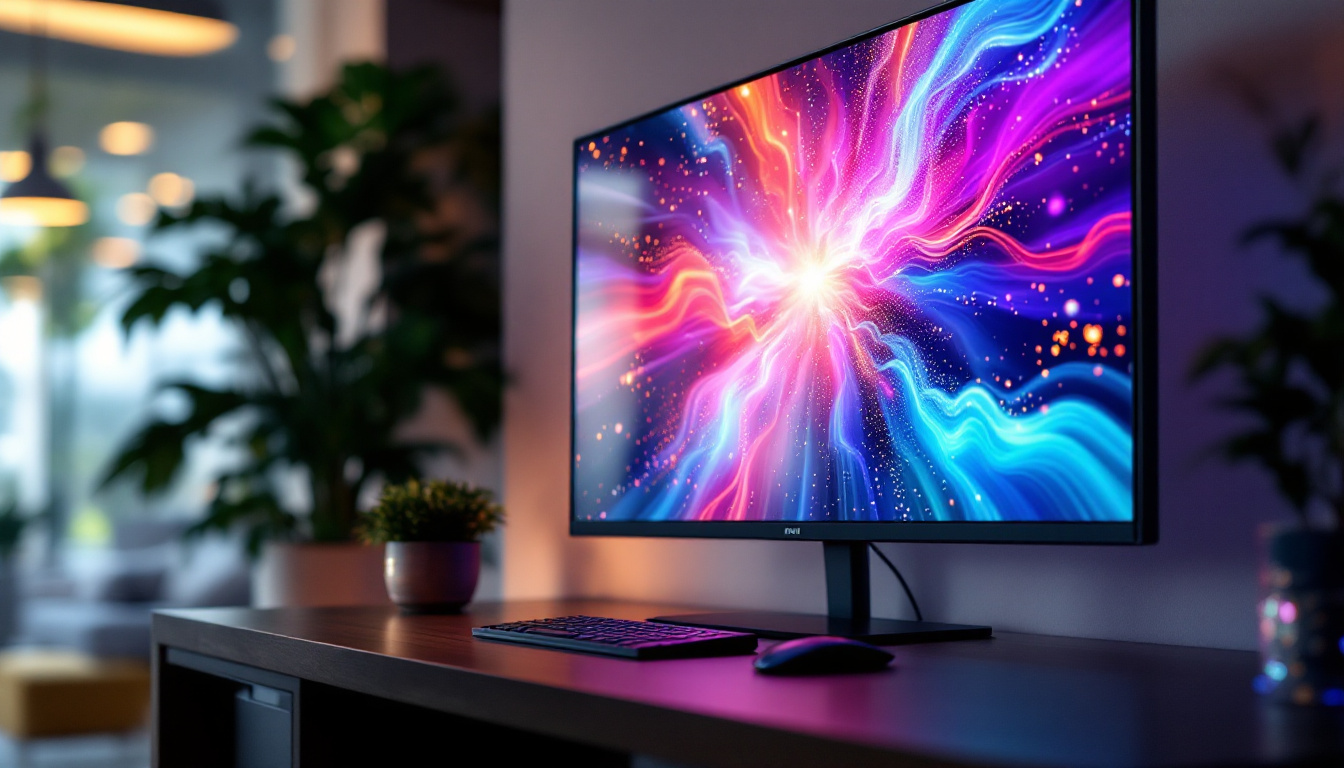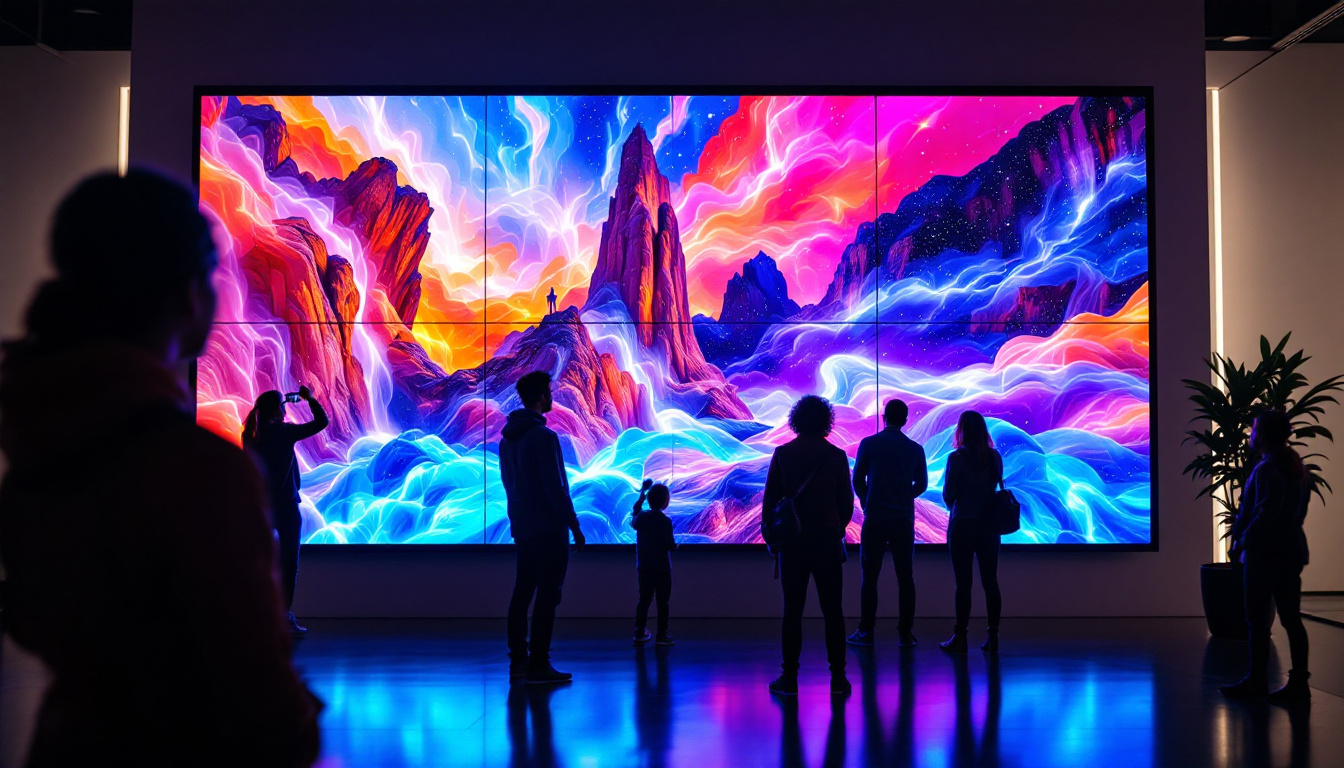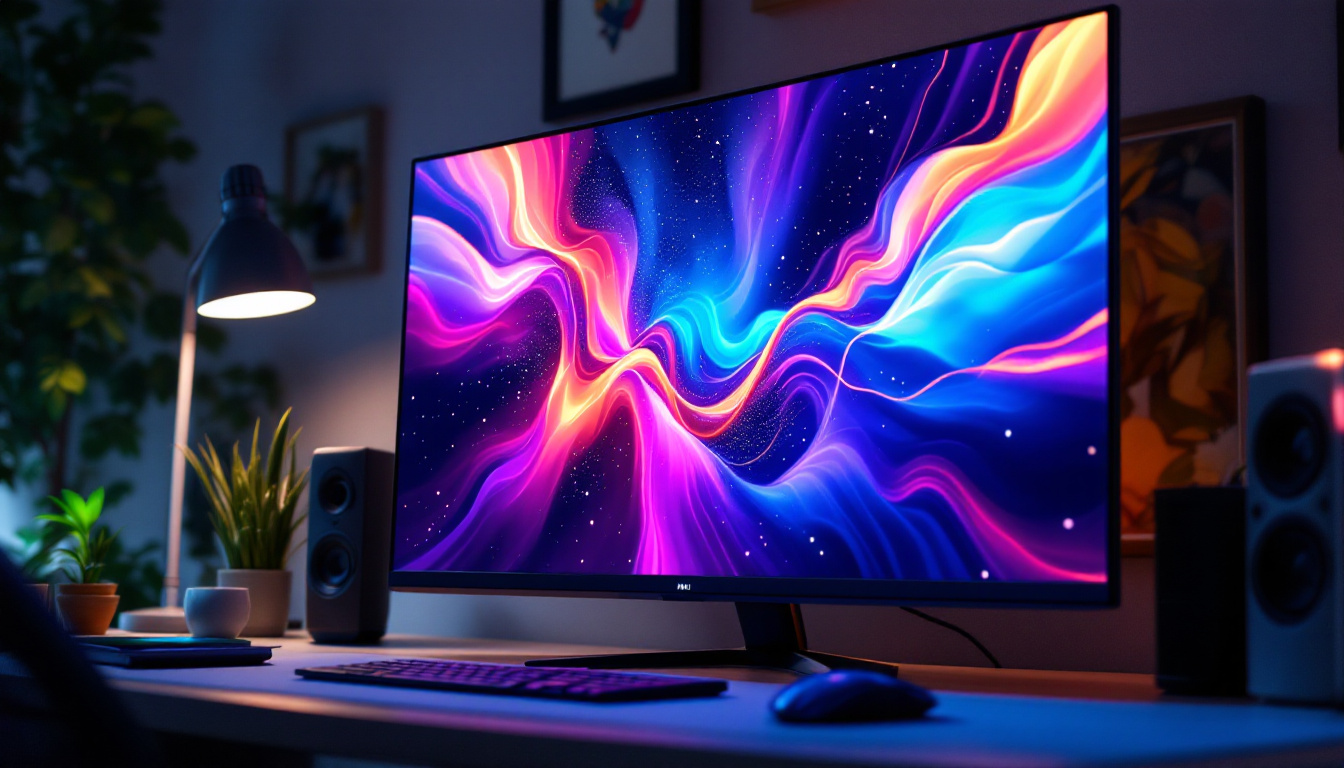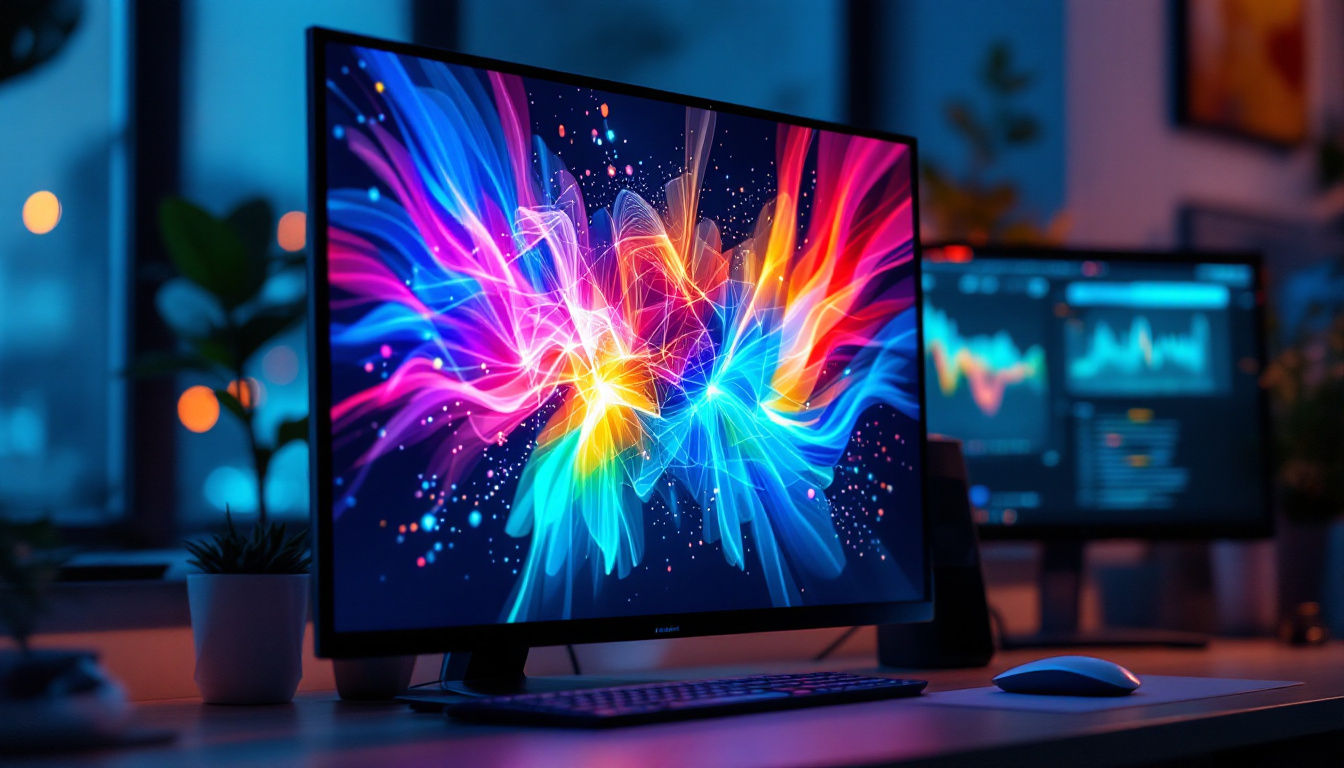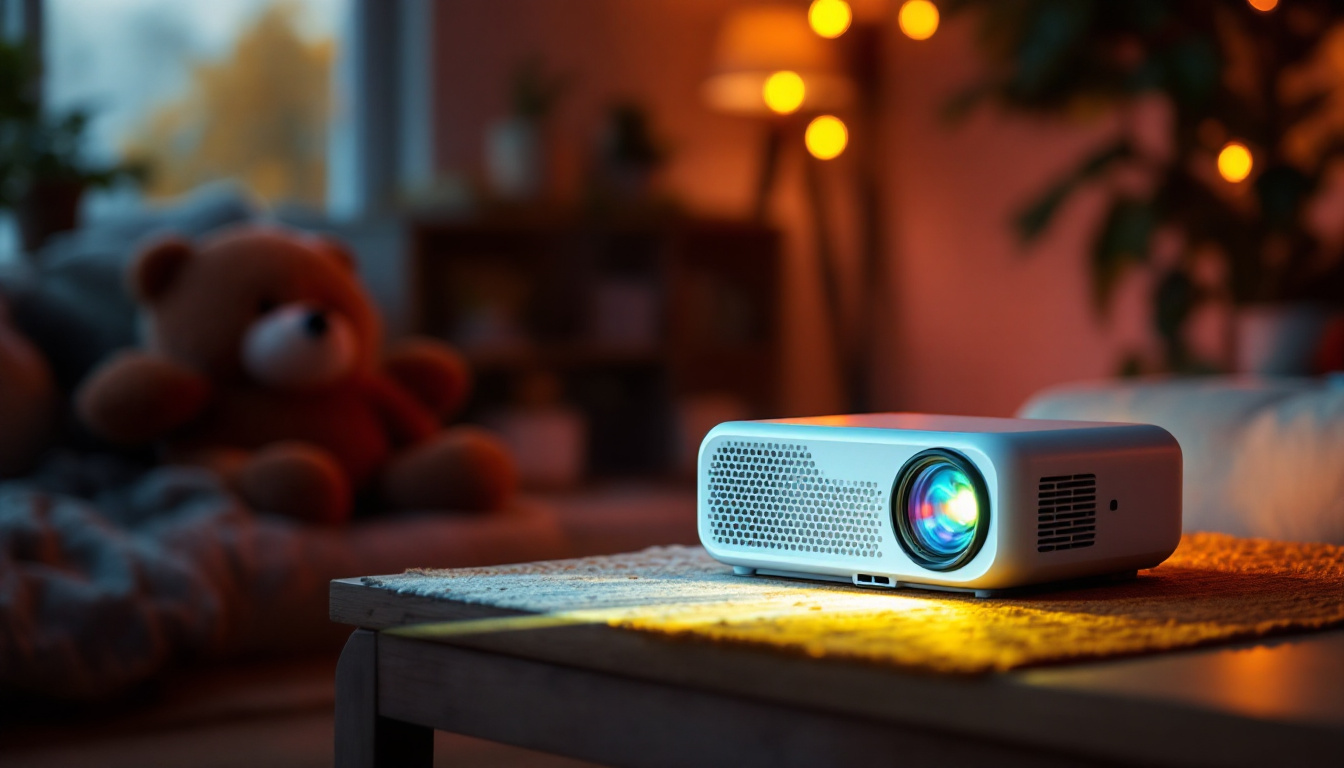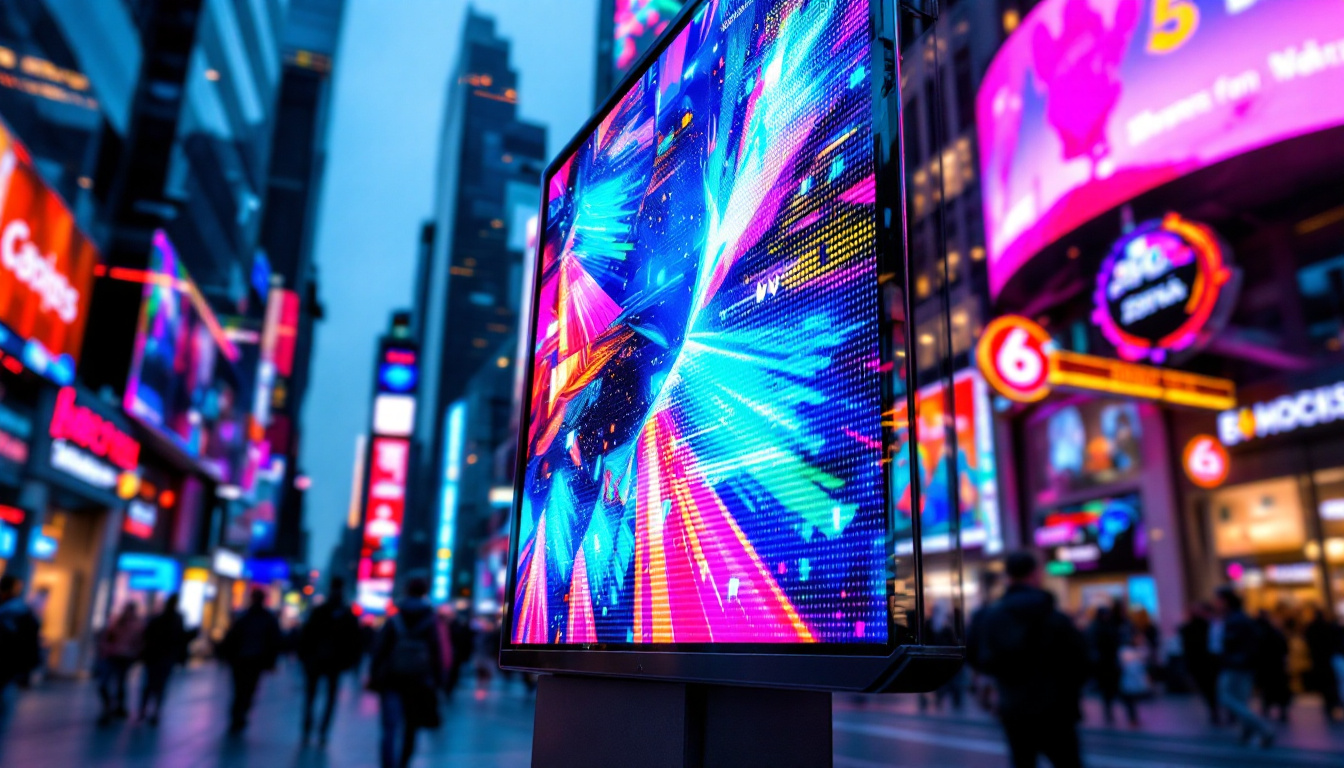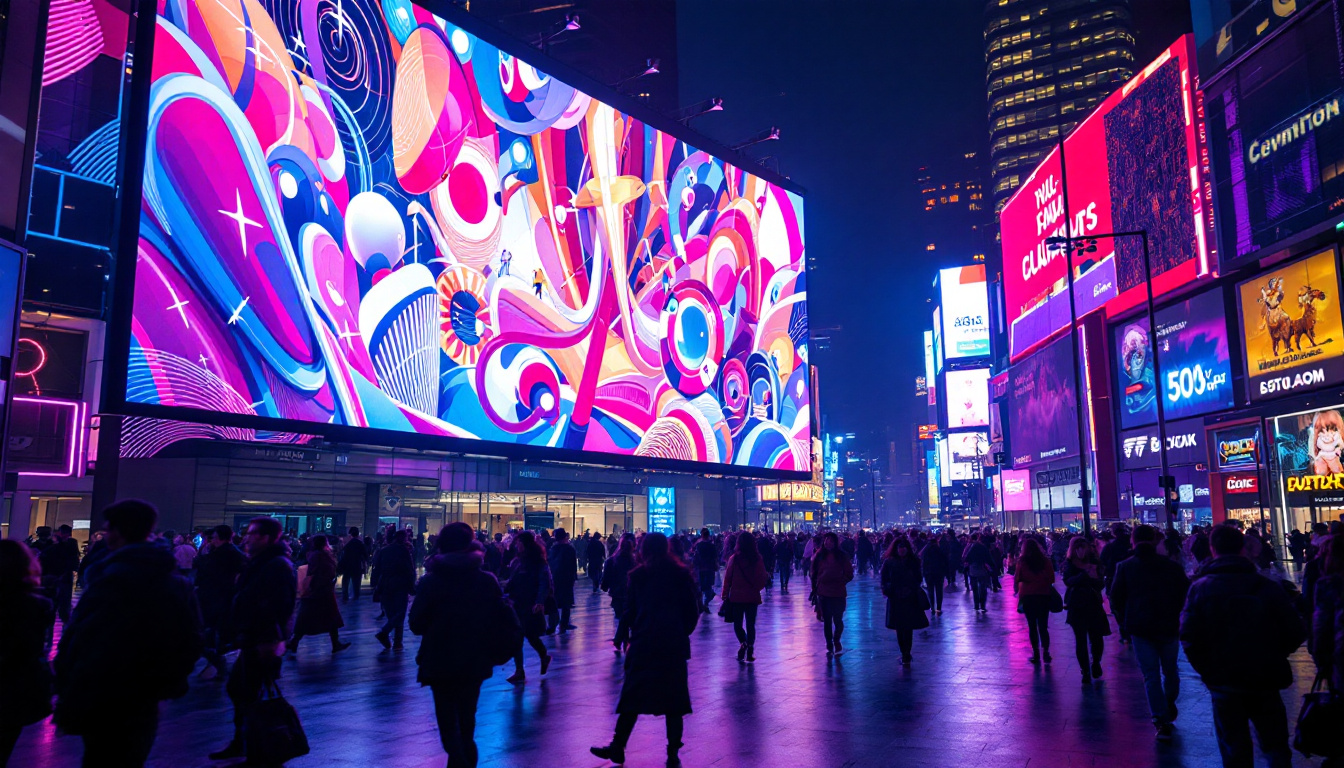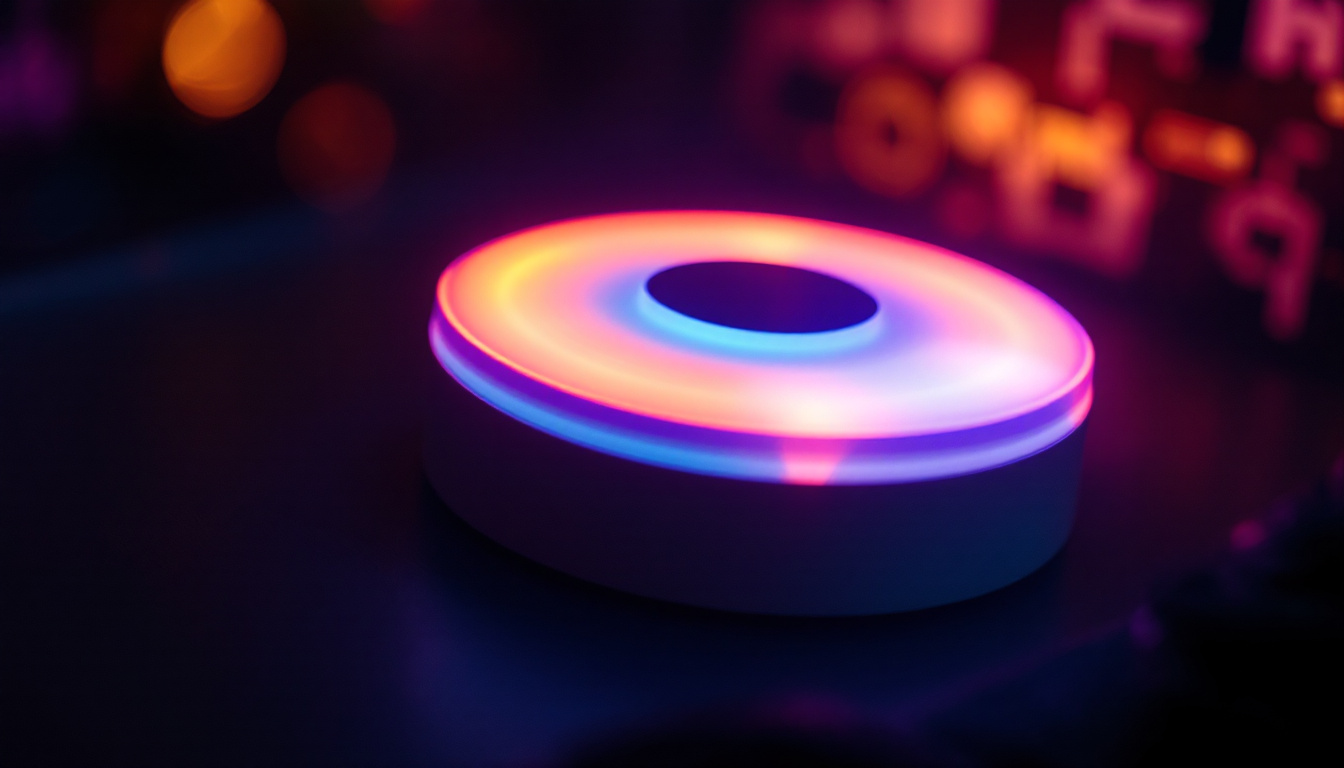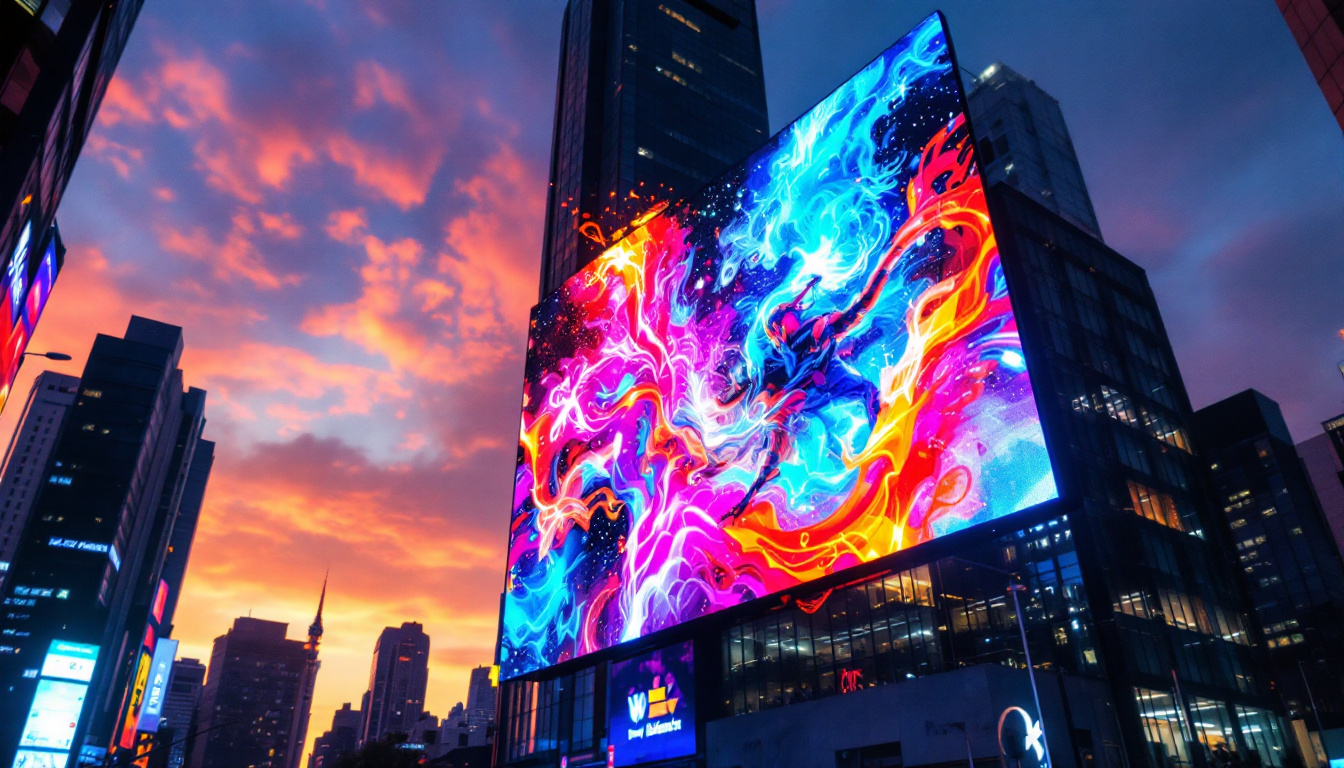In the realm of modern technology, tiny video cameras have gained immense popularity due to their versatility and ease of use. These compact devices are not just convenient for capturing moments; they also come equipped with advanced features, such as LED displays. Understanding how these displays work can enhance the user experience and provide insights into the functionality of these cameras. This article delves into the intricacies of LED displays in tiny video cameras, exploring their significance, functionality, and the advantages they offer.
Understanding LED Displays
LED, or Light Emitting Diode, displays have revolutionized the way visual information is presented in electronic devices. Unlike traditional LCD screens, LED displays use light-emitting diodes to produce images, resulting in brighter colors and better contrast. This technology has made its way into various devices, including tiny video cameras, where size and efficiency are paramount. The versatility of LED displays extends beyond just cameras; they are also found in smartphones, televisions, and digital signage, showcasing their widespread impact on visual technology.
How LED Displays Work
LED displays operate by illuminating pixels with diodes that emit light when an electric current passes through them. Each pixel consists of red, green, and blue subpixels, which combine to create a full spectrum of colors. This method allows for a more dynamic range of colors and improved brightness compared to older display technologies. The precise control over each pixel also enables features like high dynamic range (HDR) imaging, which enhances the detail in both bright and dark areas of an image, providing a more lifelike viewing experience.
In tiny video cameras, the LED display serves multiple purposes. It provides a real-time view of what the camera is capturing, allows for menu navigation, and displays settings such as battery life and recording time. The compact nature of these cameras means that the LED display must be both functional and energy-efficient, ensuring that users can rely on their devices for extended periods. Additionally, advancements in LED technology have led to the development of OLED (Organic Light Emitting Diode) displays, which offer even greater contrast ratios and flexibility in design, further enhancing the capabilities of tiny video cameras.
Benefits of LED Displays in Tiny Video Cameras
The integration of LED displays in tiny video cameras offers several advantages. First and foremost, the clarity and brightness of LED screens enhance the user experience, making it easier to frame shots, review footage, and navigate menus. Additionally, LED displays consume less power than traditional screens, which is crucial for devices that prioritize portability and battery life. This energy efficiency is particularly beneficial during long shoots or travel, where access to charging may be limited.
Moreover, LED technology allows for thinner and lighter displays, contributing to the overall compactness of tiny video cameras. This is particularly important for users who require mobility, such as vloggers, travelers, or outdoor enthusiasts. The combination of portability and high-quality visuals makes LED displays a vital feature in modern tiny video cameras. Furthermore, the durability of LED screens, which are less prone to damage than their LCD counterparts, adds to the longevity of these devices, making them a reliable choice for capturing moments in a variety of environments, from bustling city streets to serene natural landscapes.
Types of LED Displays in Tiny Video Cameras
Not all LED displays are created equal. Depending on the design and purpose of the tiny video camera, various types of LED displays may be utilized. Understanding these types can help users make informed decisions when selecting a camera that meets their needs.
Standard LED Displays
Standard LED displays are the most common type found in tiny video cameras. These displays provide essential information, such as battery life, recording status, and menu options. They are typically backlit, ensuring visibility even in low-light conditions. While they may not offer the highest resolution, they are sufficient for most casual users.
OLED Displays
Organic Light Emitting Diode (OLED) displays are a step up from standard LED displays. They provide deeper blacks and more vibrant colors due to their ability to turn off individual pixels completely. This feature enhances contrast and overall image quality, making OLED displays ideal for users who prioritize visual fidelity.
In tiny video cameras, OLED displays can significantly improve the viewing experience, especially in bright environments. However, they may consume more power than standard LED displays, which could impact battery life. Users should weigh the benefits of superior image quality against potential power consumption when choosing a camera with an OLED display.
Touchscreen LED Displays
Touchscreen LED displays have become increasingly popular in tiny video cameras, allowing for intuitive navigation and control. These displays enable users to interact directly with the camera’s interface, making it easier to adjust settings, select modes, and review footage. The tactile feedback of a touchscreen can enhance the overall user experience, providing a more engaging way to operate the camera.
However, touchscreen displays can be more susceptible to damage and may require more frequent cleaning due to fingerprints and smudges. Additionally, they may not perform as well in extreme temperatures compared to non-touchscreen options. Users should consider their usage environment and preferences when deciding on a camera with a touchscreen LED display.
Factors to Consider When Choosing a Tiny Video Camera with LED Display
When selecting a tiny video camera, the LED display is just one of many factors to consider. However, it plays a crucial role in the overall functionality and user experience. Here are some key considerations to keep in mind:
Size and Portability
For many users, the primary appeal of tiny video cameras lies in their compact size. The dimensions of the LED display should complement the overall design of the camera, ensuring that it remains portable and easy to handle. A larger display may provide better visibility, but it could also add bulk to the device. Striking a balance between screen size and portability is essential.
Resolution and Clarity
The resolution of the LED display can significantly impact the user experience. Higher resolution displays offer clearer images and more detail, which is particularly important when framing shots or reviewing footage. Users should consider their specific needs—casual users may find standard resolutions sufficient, while professionals may prefer higher resolutions for precision.
Durability and Weather Resistance
Given the nature of outdoor activities and travel, the durability of the tiny video camera and its LED display is paramount. Users should look for cameras with rugged designs and weather-resistant features. This ensures that the camera can withstand various environmental conditions without compromising the integrity of the display.
Maintenance and Care for LED Displays
To ensure the longevity and functionality of the LED display in a tiny video camera, proper maintenance and care are essential. Here are some tips to keep the display in optimal condition:
Regular Cleaning
Dust, fingerprints, and smudges can accumulate on the LED display, affecting visibility and clarity. Regularly cleaning the screen with a microfiber cloth can help maintain its condition. Avoid using harsh chemicals or abrasive materials, as these can damage the display.
Protective Accessories
Investing in protective accessories, such as screen protectors or cases, can safeguard the LED display from scratches and impacts. These accessories can provide an additional layer of protection, especially for users who frequently take their cameras on outdoor adventures.
Proper Storage
When not in use, storing the tiny video camera in a safe and dry place can prevent damage to the LED display. Avoid exposing the camera to extreme temperatures or humidity, as these conditions can adversely affect the display’s performance and lifespan.
The Future of LED Displays in Tiny Video Cameras
As technology continues to advance, the future of LED displays in tiny video cameras looks promising. Innovations in display technology are likely to enhance image quality, reduce power consumption, and improve user interfaces. Here are some trends to watch for:
Higher Resolution Displays
As consumer demand for high-quality visuals grows, manufacturers are likely to focus on developing higher resolution LED displays. This trend will enable users to capture and review footage with greater detail and clarity, enhancing the overall user experience.
Flexible and Foldable Displays
The development of flexible and foldable display technology could revolutionize the design of tiny video cameras. Such displays would allow for innovative form factors, making cameras even more portable and versatile. Users could benefit from larger screens without sacrificing compactness.
Enhanced Touchscreen Functionality
As touchscreen technology continues to evolve, future tiny video cameras may feature more advanced touch capabilities, such as haptic feedback and gesture controls. These enhancements could make navigating menus and adjusting settings more intuitive and user-friendly.
Conclusion
The integration of LED displays in tiny video cameras has transformed the way users interact with these devices. Understanding the various types of LED displays, their benefits, and the factors to consider when choosing a camera can greatly enhance the user experience. As technology continues to advance, the future of LED displays in tiny video cameras promises even more exciting innovations, ensuring that these compact devices remain at the forefront of portable video recording.
Whether for personal use, professional projects, or adventurous pursuits, the right tiny video camera with an LED display can make all the difference in capturing life’s moments. By staying informed about the features and advancements in LED display technology, users can make informed decisions and fully leverage the capabilities of their tiny video cameras.
Discover LumenMatrix LED Display Solutions
Ready to elevate your visual experience with the latest in LED display technology? Look no further than LumenMatrix, a pioneer in crafting immersive and dynamic visual solutions. From the convenience of tiny video cameras to expansive digital signage, our range of products, including Indoor and Outdoor LED Wall Displays, Vehicle LED Displays, and more, are designed to bring your content to life. Embrace the future of visual storytelling and check out LumenMatrix LED Display Solutions today to see how we can transform your communication and captivate your audience.

